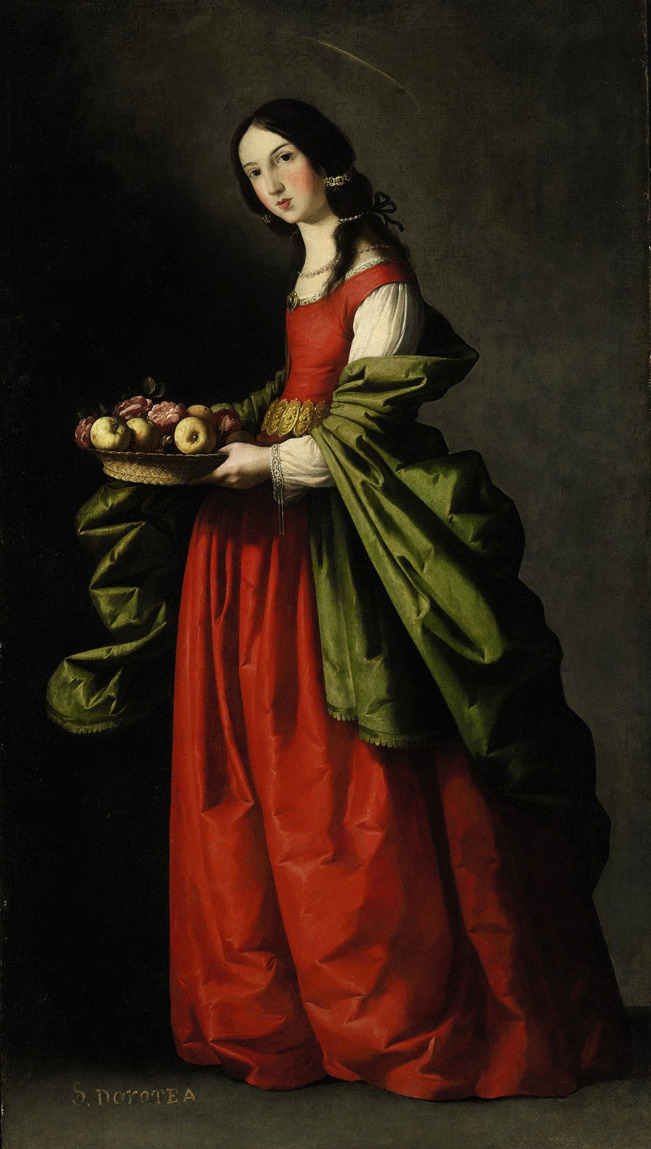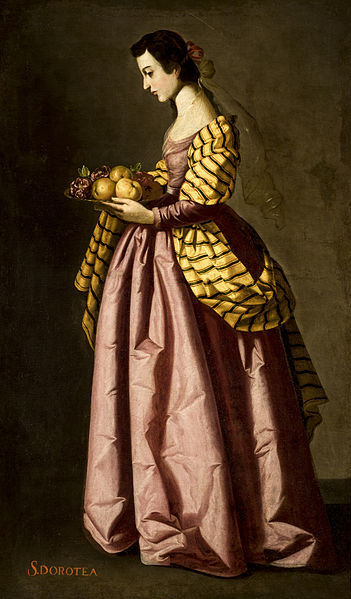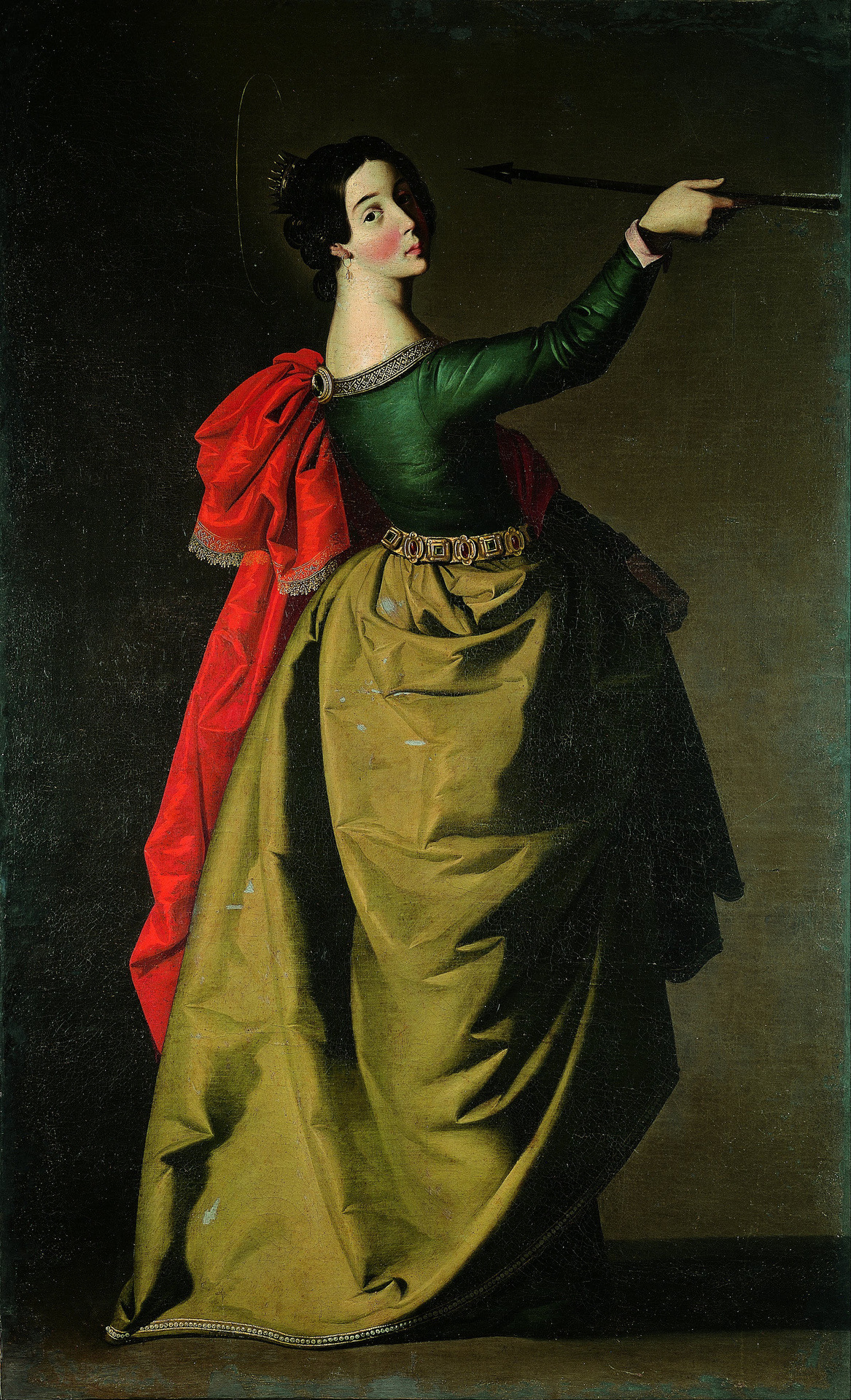“I do not deny that I have made drawings and watercolours of an erotic nature. But they are always works of art. Are there no artists who have done erotic pictures?” (Egon Schiele)
 Egon Schiele, Prisoner (Gefangener), 24-4-1912
Egon Schiele, Prisoner (Gefangener), 24-4-1912
What are the two most important things that happened in April 1912? I shall tell you; Titanic sank and Egon Schiele was arrested. “Neulengbach Affair” is the name given to the string of events which took place in April 1912, and this affair holds an important place in the romanticised myth of Schiele as a tortured genius and a painter of perversity.
In the first part of this post, I’ve written about things that Schiele painted in Neulengbach; self-portraits, Wally, landscapes, and a very interesting Van Gogh-inspired painting of his bedroom, but he also did many erotic drawings, which was his primary subject. Schiele’s studio became a gathering place for the misfits, the delinquency, the mischievous children of Neulengbach, and he’d often paint them too. Sometimes, after he’d finished painting Wally, he’d let the children play around his house while carelessly or naively leaving his erotic drawings around the studio. Older children, who weren’t so innocent any more, started whispering things, and soon gossips and accusations started spreading through this peaceful town. All sorts of disgusting things have been said; that he invited children to his house, painted them nude and encouraged them to do improper things. While the people of Krumau disliked Schiele for no apparent reason, the inhabitants of Neulengbach at least had a motif to hate him, and soon complaints were made to the police. On 13th April 1912, Schiele was arrested and charged for seducing and abducting a minor, and exhibiting erotic paintings in front of children; only the latter has proven to be true.
Although the charges of abduction and seduction were quickly dropped when Schiele appeared in court after two weeks in prison, a large amount of erotic drawings found around the house certainly didn’t please the police, nor the town’s people, nor served good to Schiele. They confiscated more than a hundred of them and filed them under ‘pornography’.
 Egon Schiele, Tür in das Offene (Doors in the Cell), 1912
Egon Schiele, Tür in das Offene (Doors in the Cell), 1912
The judge obviously shared the views of town’s inhabitants towards Schiele and his art because, at the end of the trial, he burned one of his drawings on a flickering candle flame, a gesture I find heartbreaking and could not watch without tears of anger. They burnt his drawing. They could have burnt all of his drawings, but the hands that made them were alive and full of vigour to produce more masterpieces, and they did. The Neulengbach affair only propelled Schiele to fame. Sometimes the ‘Neulengbach affair’ takes too much spaces in the myth of Egon Schiele, but it is important in a way that it cemented Schiele’s image as notorious figure in Vienna’s artistic circles. Just twenty-two years old and already the image of him as a dangerous and a provocative artist started spreading in Vienna. The myth of Schiele has started.
This is a fragment from “Schiele’s” prison-journal:
“At the hearing one of my confiscated drawings, the one that had hung in my bedroom, was solemnly burned over a candle flame by the judge in his robes! Auto-da-fé! Savonarola! Inquisition! Middle Ages! Castration, hypocrisy! Go then to the museums and cut up the greatest works of art into little pieces. He who denies sex is a filthy person who smears in the lowest way his own parents who have begotten him.”
A note: the journal is true to some extent, but it needs to be taken with reserve because it was not written by Schiele himself, rather, it was written by Arthur Roessler, an art critic and friend of Schiele.
What started as just an artist making erotic drawings, turned into sinister stories of abduction and seduction, but when it comes to the bottom of things, people of Neulengbach didn’t like him because he was different. In small towns the story goes like this: if you don’t fit in, you’re going down, if you dare to be different, you’ll get punished for that. I think that even if Schiele restricted himself to painting only landscapes and sunflowers, they’d still find something to accuse him of.
 Egon Schiele, Self-portrait as prisoner, 25 April 1912
Egon Schiele, Self-portrait as prisoner, 25 April 1912
All in all, Schiele spent 24 days in prison, and while he was there, he wasted no time, but continued creating his art. Supplied by Wally with thin, bad quality paper and food, such as oranges, he drew his surroundings and many self-portraits. Don’t think he drew frantically day and night, he also spent many hours in deep thoughts and contemplation, and his self-portraits show the agony and torment the artist endured. Drawing above is a good example. In the upper right corner, Schiele wrote this: “Ich werde für die Kunst und meine Geliebten gerne ausharren” or “For my art and my loved ones I shall gladly endure.” Watercolour of greys and blue, anguished face in an agony, and yet he states he shall gladly endure. Schiele was full of such statements, elevated and full of pathos such as “I do not feel punished, but rather purified.” and my favourite “To restrict the artist is a crime. It is to murder germinating life“, which show what a drama queen he really was.
In these drawings, the cold greyness of his prison cell mingles with eloquently expressed angst and torment, and that’s what makes these prison-portraits so memorable. They are like a visual diary. Pencil lines and watercolour work in absolute harmony and the gradation of the blue-grey colour is gorgeous, like the sky and clouds on an overcast day, and the parts where the greyness mixes with orange-yellows is exquisite. I think watercolours in general are an excellent medium, I love the effect of lyricism and fragility they create, colours mixing freely, kissing one another and creating a new shade, there’s something bohemian about it. Another very interesting thing about these self-portraits is that they are the only self-portraits Schiele ever made using his memory, without a mirror. In his studio, he’d always use a mirror. But notice how old he looks in most of these drawings, he was just two months shy of his twenty-second birthday and yet he drew himself looking old, tired, worn out, and on the self-portrait down below, he almost looks dead, or at least creepy.
 Egon Schiele, The Single Orange Was the Only Light, 19th April 1912
Egon Schiele, The Single Orange Was the Only Light, 19th April 1912
Along with self-portraits of himself as a prisoner, Schiele also drew his prison cell, and in The Single Orange Was the Only Light we see his bed and the doors of the cell. His pillow is actually his coat folded to serve the purpose of a pillow, and we see his blanket and one orange. We can understand the importance he attributes to a piece of shiny, orange-coloured fruit, given to him by Wally, if we think of his drab prison existence; the lonely hours filled with uncertainty in that cold, grey prison cell, sleeping in an uncomfortable bed, staring at barren walls, covered with a mangy blanket. It’s also great that we can know the exact dates these were made. No matter how rebellious and provocative he was, when it came to adding signatures and dates to his paintings, he was the most meticulous fellow out there.
I think Schiele himself had mixed feelings about his prison-time. One the one hand, he was worried about the outcome of his imprisonment because the prospects looked bleak in the beginning; exhibiting erotica was considered a serious offence with a maximal punishment of six month’ hard labour, while the offence of seducing a minor would result in twenty years of hard labour. From April 1912, Schiele had only six more years to spend on this earth. Imagine if he’d have to spent them all in prison. What a dreadful crime against art that would have been!? I shudder at the thought.
 Egon Schiele, Self Portrait as St. Sebastian, 1914
Egon Schiele, Self Portrait as St. Sebastian, 1914
On the other hand, for the dramatic, self-pitying side of Schiele’s personality, those three weeks spent in prison were just the thing that was needed to make him a true martyr for the cause of art. I’m sure that Serge Gainsbourg has a self-satisfied smirk on his face when he heard that the eroticism of his song ‘Je t’aime’ was deemed offensive and that the song was banned in many countries. He said himself once that provocation was his oxygen, and I think Schiele felt something similar because he was self-consciously provocative. Perhaps that’s just my view because I’d certainly enjoy being provocative. Schiele wrote himself that he feels ‘purified, not punished’, and he identified himself with St Sebastian, who is always presented in art with arrows; this is an identification that he shared with the German poet Georg Trakl, and both wrote similar poetry, full of anxiety and symbolism at the same time. Schiele’s yet another self-portrait from 1914 shows this fascination and identification with St Sebastian; he drew himself as a thin, fragile figure with half-closed eyes, almost falling down from the attack of the two arrows protruding his body. He didn’t fill in the drawing with watercolour, yet the paper and pencil lines are eloquent enough to tell us about the anguish he felt. No colour – no life. No colour because he’s fading away.
 Egon Schiele, I Love Antitheses (self-portrait), 1912
Egon Schiele, I Love Antitheses (self-portrait), 1912
All in all, the Neulengbach affair that seemed like a tragedy at first sight, turned out to be a stepping stone for Schiele’s career and it started the cult of Schiele as a tortured genius who endured suffering for his art – a martyr of art. After the darkness, followed the light. Schiele has risen from the ashes and once again he was arrogant, brazen, bursting with confidence, and the words he wrote to his mother in March 1913 confirm that a fruitful period lay in front of him: “All beautiful and noble qualities have been united in me… I shall be the fruit which will leave eternal vitality behind even after its decay. How great must be your joy, therefore, to have given birth to me!”
Tags: 1910s, 20th century art, April, April 1912, arrest, art, artist, Austria, Austrian art, Egon Schiele, erotic, Expressionism, grey, martyr, martyr for the cause of art, Neulengbach, Neulengbach Affair, Painting, pornography, prison, prison cell, self-portrait, small town, St Sebastian, watercolour
 Francisco de Zurbarán, Saint Agatha, 1630-33
Francisco de Zurbarán, Saint Agatha, 1630-33















